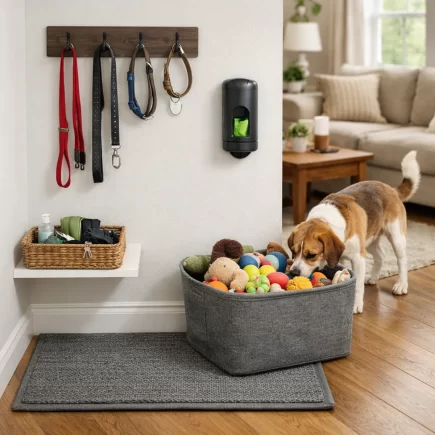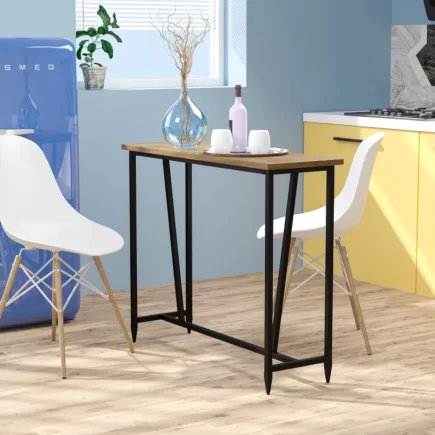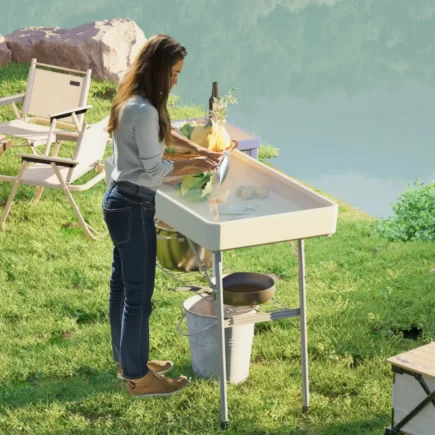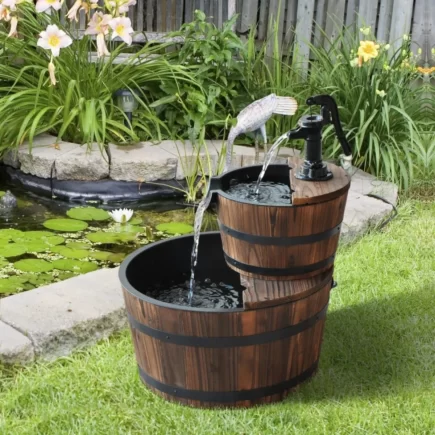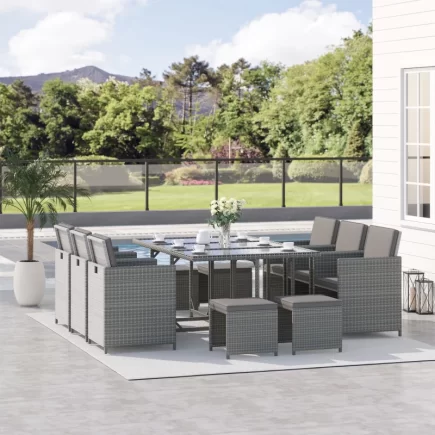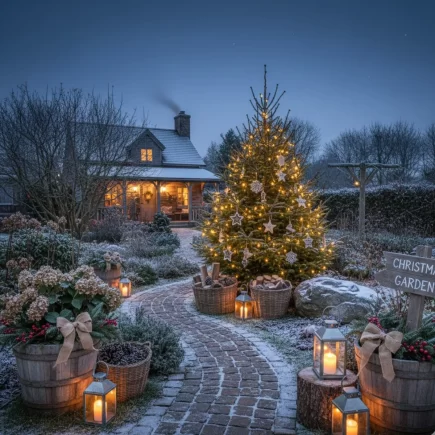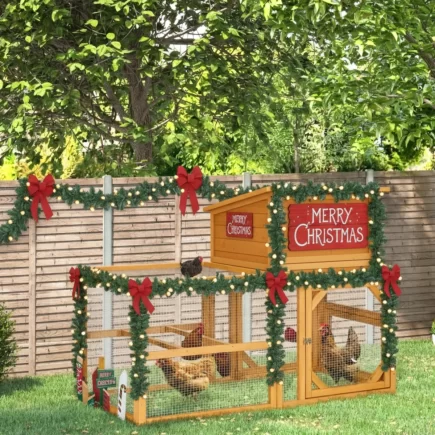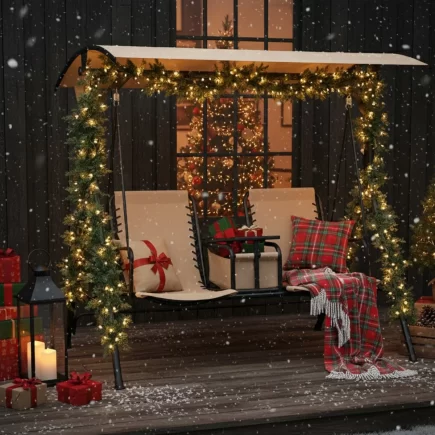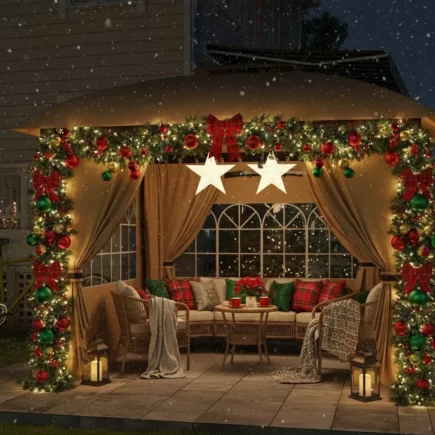
Outdoor lighting does more than just illuminate your backyard after sunset; it enhances your home’s curb appeal, ensures safety, and sets the perfect mood for outdoor gatherings. Whether you’re planning to light up your driveway, accent your garden, or add security around your home, outdoor lighting is a versatile and valuable addition to any property. However, if you’ve ever considered tackling the installation yourself, you may wonder how to install outdoor lights by yourself.
Step-by-Step Guide to Outdoor Lighting
Plan Your Lighting Layout
Before you start installing, planning is key. The first step is to determine which areas you want to illuminate.
Key Areas to Focus
- Pathways and walkways for safety.
- Driveways to guide vehicles and guests.
- Gardens and trees for aesthetic appeal.
- Security areas around doors, gates, or dark corners.
Safety Considerations
Before you begin installing, there are a few safety and legal factors to consider.
- Electrical Codes: Ensure your installation complies with local electrical codes, especially when dealing with low-voltage or line-voltage systems. These codes are designed to protect both your home and family.
- Weatherproof Fixtures: Choose outdoor lighting fixtures with high Ingress Protection (IP) ratings to ensure they can withstand the elements. Weatherproofing is essential for longevity, especially in regions with harsh weather conditions.
1. Outdoor Solar Light Installation:

Clear the Place
- Remove Obstacles: Make sure the ground is free from debris that could block the sunlight from reaching the solar panel.
- Trim Surrounding Vegetation: If there are any tall bushes or plants around, trim them back to ensure the light’s solar panel gets maximum exposure.
Assemble the Light
- Follow Manufacturer Instructions: These lights typically come with a separate solar panel, light casing, and stake. Follow the assembly instructions carefully, ensuring the solar panel is securely attached to the light fixture.
- Check Battery: If the light comes with a removable battery, ensure it is correctly inserted and functional.
Stake the Lights
- Position the Light: Place each light in its intended location, making sure the solar panel faces upwards and directly towards the sun.
- Insert the Stake: Gently stake the light into the ground. If the soil is dry or compacted, consider moistening the ground to make it easier to insert the stake without damaging the fixture.
Check the Lights
- Charging Time: Allow the lights to charge fully in direct sunlight for at least a full day (8-10 hours).
- Test at Night: Check the lights after dark to ensure they are working. If any of the lights are not illuminating, inspect the solar panel for dirt or obstructions. Clean it with a soft cloth if necessary.
2. Outdoor Wall Fixtures

Mount the Junction Box
- Install a weatherproof junction box on the wall where the fixture will be mounted. This box will house the electrical connections for your outdoor light.
- If you’re replacing an old fixture, you can use the existing junction box. If not, you may need to drill holes in the wall and mount a new box securely.
Run the Wiring
- Depending on the fixture and your home’s electrical setup, you may need to run new wiring from the junction box to the light fixture. Ensure the wiring complies with local electrical codes.
- Use conduit to protect the wiring from moisture and external damage.
Install the Fixture
- Follow the manufacturer’s instructions to assemble and install the wall fixture. Typically, this involves attaching the fixture’s mounting bracket to the junction box and then securing the fixture itself.
- If your fixture is designed to be hardwired, connect the wires (hot, neutral, and ground) from the junction box to the corresponding wires on the fixture using wire nuts.
Secure the Fixture
Tighten any screws or bolts to ensure the fixture is securely attached to the wall. Double-check that it is level and aimed in the right direction.
Connect the Power
Once the fixture is in place, turn the power back on and test the light. If the fixture has a switch or a dimmer, make sure it works as expected.
Seal and Weatherproof
Apply any necessary sealant around the fixture base to prevent moisture from entering the wiring. Check that the fixture is weatherproof and can withstand outdoor elements.
3. Low-Voltage Lighting

Install the Transformer
- Place the transformer near an outdoor GFCI (Ground Fault Circuit Interrupter) outlet. Make sure it’s in a dry, accessible location, such as a fence post or wall mount.
- Mount the transformer securely, and connect it to the GFCI outlet using a weatherproof cover.
Dig Trenches for Wiring
Use a shovel to dig trenches about 4-6 inches deep along the route where the wiring will go. Ensure the wire is buried to prevent damage from lawnmowers or foot traffic.
Lay the Cable
Lay the low-voltage cable along the trench. Leave extra wire at each fixture location to make adjustments as needed later.
Install the Fixtures
- Assemble the light fixtures and place them in the marked locations. Most fixtures come with stakes that can be easily pushed into the ground.
- Connect the fixtures to the cable using quick-connect connectors, making sure to attach the wires to the connectors securely.
Test the System
- Plug in the transformer and power it on. Walk around your yard and test each fixture to ensure it works properly.
- Adjust the lights for optimal coverage and brightness.
Bury the Cable
Once everything is connected and functioning, cover the cable with soil, making sure it’s flush with the ground.
Final Tips That Matter
Once your lights are installed, it’s time for some final adjustments to ensure everything looks perfect.
- Adjusting Fixtures: After installation, walk around your property at night and adjust the angles of the lights. Make sure they are shining on the right spots and not causing glare or unnecessary brightness.
- Fixture Maintenance: Clean your fixtures regularly to remove dirt and debris, and check for any bulbs that need replacing. If you have solar lights, ensure the solar panels are free of obstructions to maintain charging efficiency.
- Troubleshooting: If some lights aren’t working, check for loose connections or faulty bulbs. If the issue persists, you may need to troubleshoot the transformer or wiring.
Installing outdoor lighting is a fantastic way to enhance your home’s safety, value, and beauty. With a little planning, the right tools, and a step-by-step approach, you can transform your outdoor spaces into a welcoming, functional, and secure environment. Whether you opt for solar lights, low-voltage fixtures, or smart lighting, the benefits are clear. Explore Aosom’s Outdoor Lighting for a wide variety of outdoor lighting solutions for your home.
FAQs
1. How does low‑voltage (12 V) outdoor lighting work?
Low‑voltage lighting uses a transformer to convert household 120 V to a safe 12 V. Fixtures connect via 12–14 gauge cables, which can be buried 6 inches in deep. This system reduces shock risk, allows flexible design, and supports long wire runs without needing heavy conduit.
2. Do solar landscape lights actually work well?
Yes, solar landscape lights convert sunlight into stored energy, powering LED illumination at night without wiring. They’re easy, eco‑friendly, and cost‑effective. However, performance depends on panel exposure; they need strong, direct sunlight (6–8 hours daily), and may dim on cloudy days.
3. Can I install outdoor lighting myself, or do I need an electrician?
You can DIY solar or low‑voltage systems using manufacturer instructions. They pose minimal shock risk and often don’t require permits. But hardwired fixtures tied into household 120 V circuits should be installed by a licensed electrician to ensure safety, proper grounding, and code compliance.


